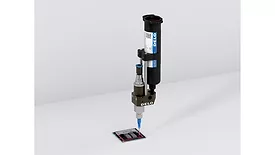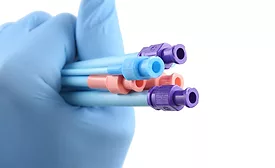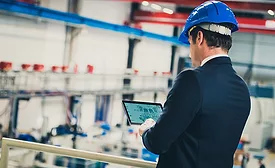Home » assembly
Articles Tagged with ''assembly''
Making Solid Connections with Swelling Fluids
Engineered silicone swelling fluid offers a safe and effective option for attaching silicone tubing.
October 25, 2023
Super Easy: Self-Adhesive Die-Cut Parts
Adhesive joining techniques are increasingly serving as innovation drivers, offering low weight, flexibility, and expanded design freedoms.
October 5, 2023
Economic and Ecological Advantages of In-line Adhesive Manufacturing
When looking to save money on energy costs and align a coating/converting operation with the latest environmental impact classifications, companies should consider the benefits of in-line manufacturing of adhesives.
September 19, 2022
Ask Dr. Dave
Ask Dr. Dave: Have there been any recent developments in the bonding of PTFE to itself or to metals?
Dave Dunn's February 2019 column.
February 5, 2019
Ask Dr. Dave
Ask Dr. Dave: Can you use adhesives for bonding plastic plumbing pipes?
Dave Dunn's January 2019 column.
January 9, 2019
Ask Dr. Dave
How do I select the right adhesive or sealant to bond and seal industrial components?
Dave Dunn's February 2018 column.
February 1, 2018
Ask Dr. Dave
Can you comment on the stresses created by structural adhesive bonding?
Dave Dunn's January 2018 column.
January 12, 2018
Ask Dr. Dave
What technologies are involved in making adhesives that fluoresce under ultraviolet (UV) light?
November 1, 2017
Keep the info flowing with our newsletters!
Get the latest industry updates tailored your way.
JOIN TODAY!Copyright ©2025. All Rights Reserved BNP Media.
Design, CMS, Hosting & Web Development :: ePublishing





